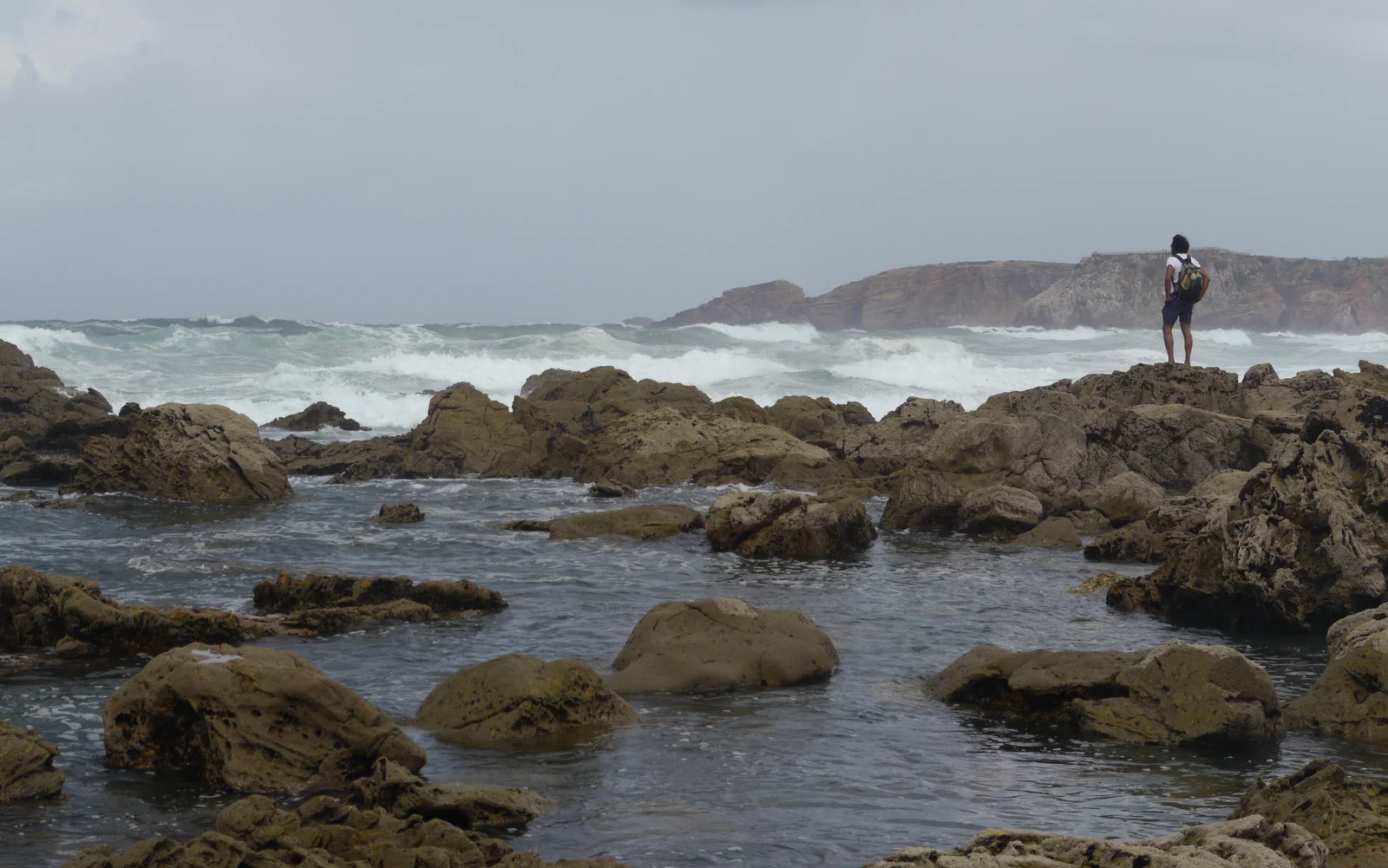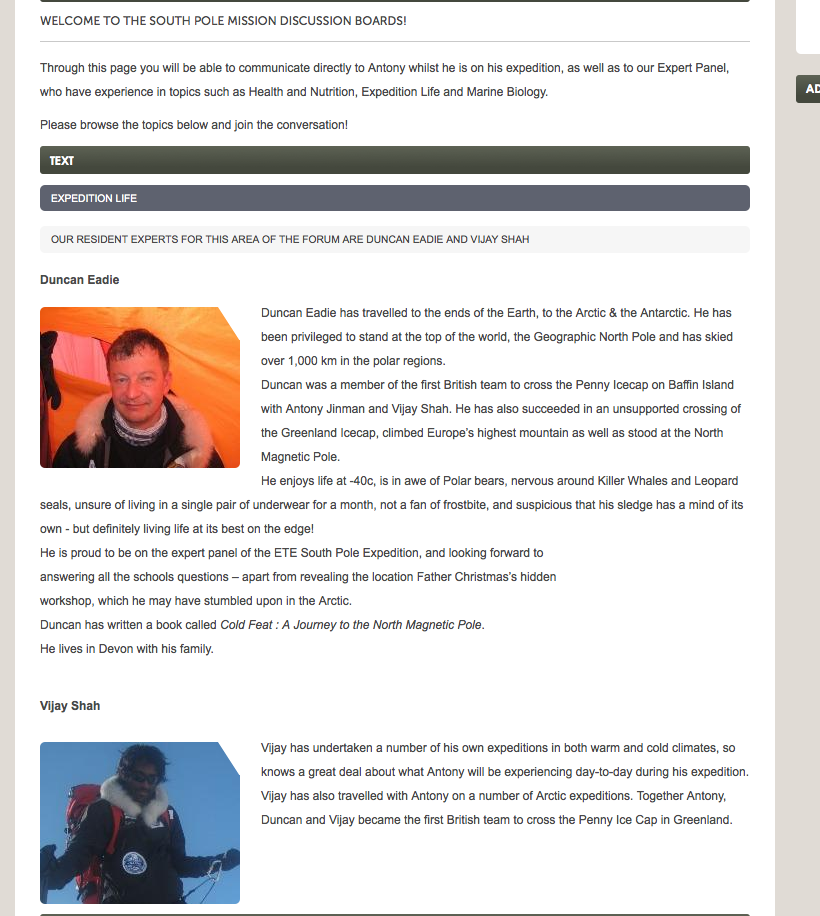The village of Chona, Zambia is not really a village at all but more of a focal point, a place of infrastructure where the wider community gathers. It has a health clinic, a school, a small market and a well meaning everyday the community for miles around descend to Chona before heading back to their small plots of land and huts in the evening. It is here at the local school, with so many pupils that the school starts at 7am to 5pm working in two shifts, where I offered to give a lecture on Aeronautics to the eldest math and physics class.
The small classroom, packed with fifty Grade 9 pupils wait patiently as I am presented. As with the impeccable politeness of all Zambians they stand when I enter the class room, greeting me formally yet warmly. I forgot to ask them to sit and they continued standing until the head teacher intervened and gave the instruction.
As with schools in the UK, all the pupils wore a school uniform, shirt and tie for boys and skirt, blouse and jumper (?) for the girls. At this age in school, their shirts were not torn or over used and almost all had a note book to write in.
I started at the beginning. The most that any of these children had ever gotten to an aircraft is seeing the large airliners silently cruising through the blue skies kilometers above them. Had they ever asked themselves about how it could fly? Or even how big these aircraft were? From their astonishment I would say no. Their initial shyness, coupled with ignorance soon gave way to intrigue and fascination. Aircraft, aeroplanes, helicopters are understandable to small villagers like themselves who may have never even been in a car before.
They started answering the questions I posed them. One boy, even answered correctly as to why the aircraft needed a tail using his knowledge of the large African birds around them. Another correctly answered to what would happen if the aircraft started to go too slowly. Their questions too became more sophisticated, 'Sir, how do you get oxygen into the aircraft?', 'Why can't you open the windows?'
The greatest part of the lesson was taken up by practical maths. They were to work out in relation to other modes of transport how fast an aircraft travels at. Speed is not something they are accustomed to. The question 'How fast can you travel by bike?' Was met with shrugs until they could think about how far their house was and how long it took to get to school. 30 minutes to travel 7km equals 14km/h. The car, which most had never travelled on, was worked out to be at 120km/h. But how do you work out the speed of an airliner?
I gave them a few clues: 1) Airliners cruise at roughly Mach 0.9, 2) Speed of sound is roughly 300m/s. A few brave children, came to the black board to work it out. Having no calculators all calculation must be done long hand or mentally. When they worked out the speed at 972km/h they were astonished! Shouts of surprise and murmurs of disbelief filled the classroom and exploded to a raucous when they found out that fighter jets can travel at 2-3 times that speed.
Hands were shooting up now and the questions flowed one after another non-stop. But time was now over and I left them in a state of wonder.
As Mr. Moses, the senior teacher, said as we left, "Thank you. It is inspiring to the young village children to realise where they can emerge with studying and the usefulness of it."
[gallery]


